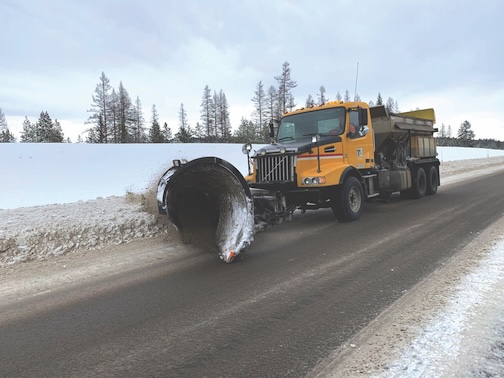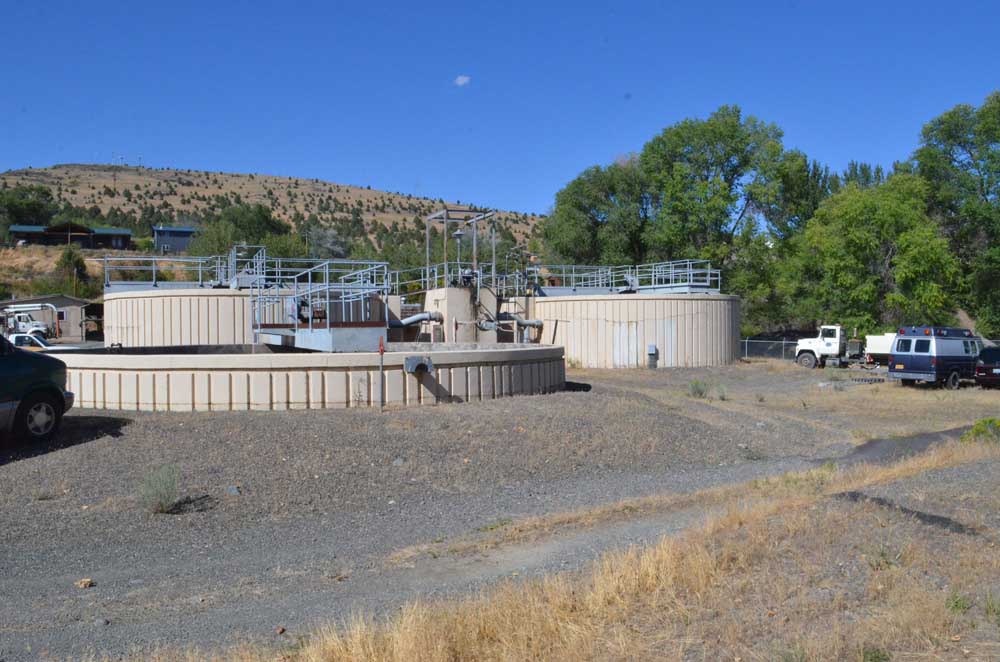How torrefaction works
Published 1:45 pm Tuesday, October 29, 2019

- The torrefied wood is squeezed into this container that makes torrefied briquettes.
When the torrefaction plant in John Day fires up at the end of the year, nonvaluable wood will be chipped, dried, torrefied and made into pellets before it is densified into briquettes that can be sold as fuel to power plants. Here’s how it works.
Trending
1. The boiler
Although the wood to be torrefied doesn’t enter the boiler, it’s the machine that provides the heat for the dryer and the torrefier. The building that houses the new boiler system is 50 feet by 70 feet and stands over 42 feet tall. The wood-fired boiler will use “hog fuel,” wood residues that include bark, sawdust, planer shavings, wood chunks, fines, dirt and other woody materials, according to Matt Krumenaeur, CEO of Restoration Fuels.
2. The chipper
The primary source for the plant will be wood around 6-8 inches in diameter, which has little to no value until it is torrefied. At the start of the plants production there will be about five semi-trucks delivering small-diameter wood, Krumenaur said. Malheur Lumber’s whole log chipping system will cut the wood into pieces about 5/8 inch by 5/8 inch.
Trending
3. The dryer
Once chipped, the product will go through a 25-foot-wide-by-100-feet-long dryer built to process up to 37 tons of chipped wood an hour. Warm air at 120 degrees blows through the chips on a conveyor belt. Outside temperatures affect the process, but it will typically take about 30 minutes to reduce the moisture content of the wood to about 10% of its previous levels.
4. The torrefier
The magic happens when the dried chips are roasted at 570 degrees as they spin inside the rotary drum of the torrefier that can process up to 17 tons of chipped wood per hour. The torrefaction process decomposes the hemicellulose, a major component of plant cell walls, from the wood into gases and reduces the weight of the chips by 30% while retaining a majority of the energy content. The wood becomes brittle and hydrophobic (water resistant). The energy of a torrefied pellet is about 20-30% greater than a traditional white pellet.
“The torrefaction process involves applying high temperatures in the absence of oxygen,” Krumenaeur said. “This process converts the hemicellulose within the wood to volatile organic compounds such as ‘torr gases.’ Those ‘torr gases’ are then processed in a thermal oxidizer, and the thermal energy is then sent back into the kiln system to provide heat for the process and to inert the interior of the torrefaction reactor.”
5. The pellet mill
The wood chips then go through a cooling system, reducing their temperature from 500 degrees to under 100 degrees. They go through a grinder or hammer mill and are fed directly into the pellet mill. The torrefied wood receives a small amount of water before being densified into briquettes that range from 1.5 to 3 inches in diameter.









